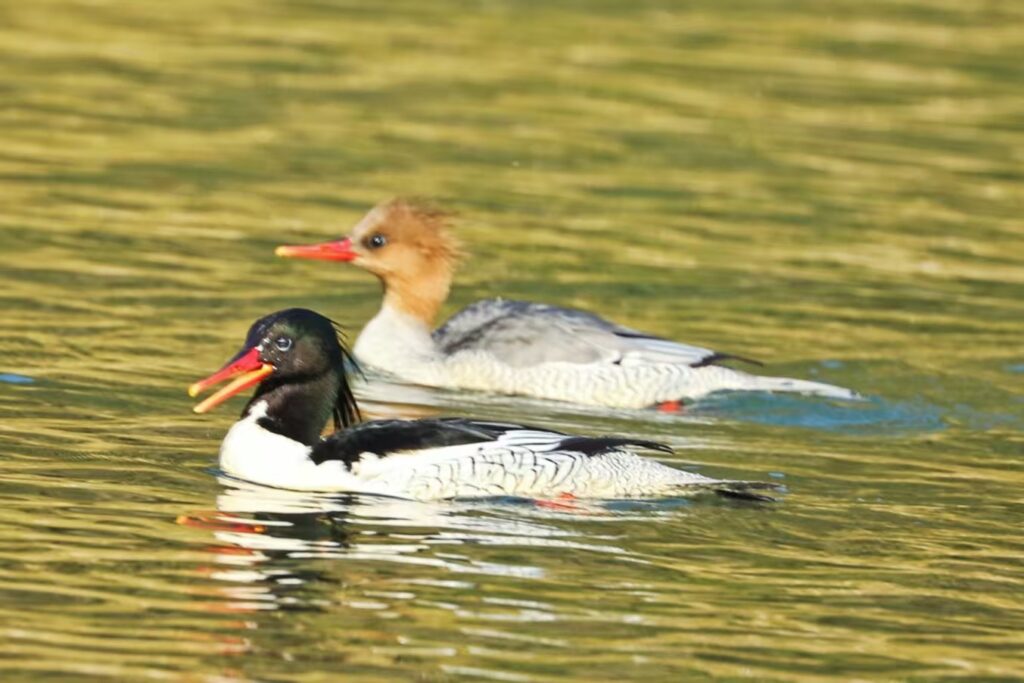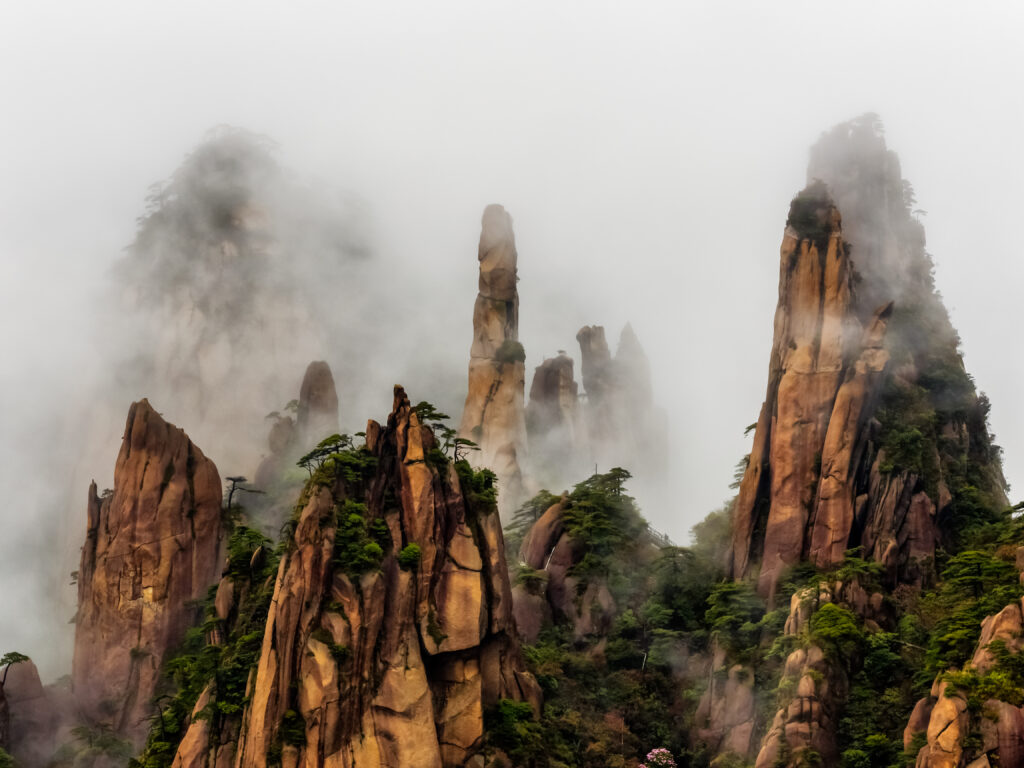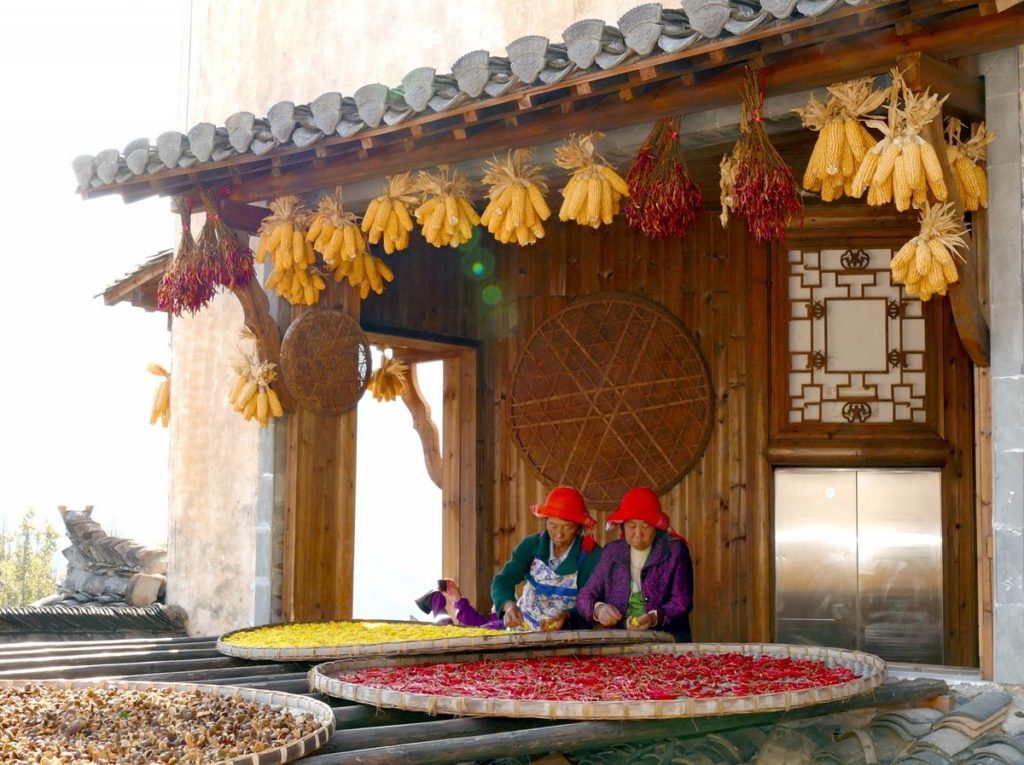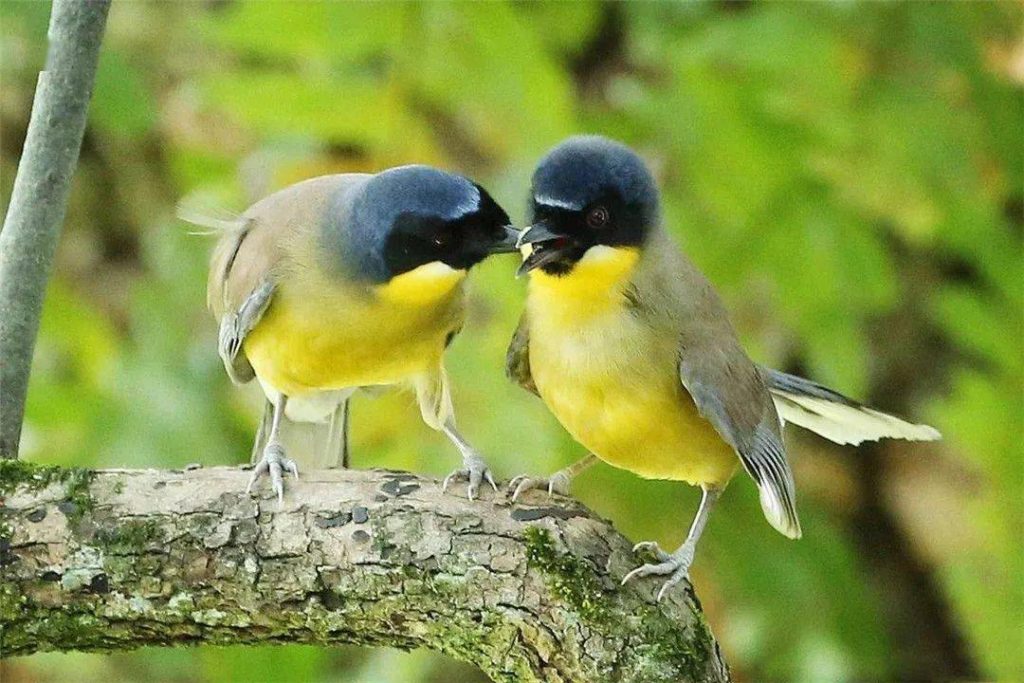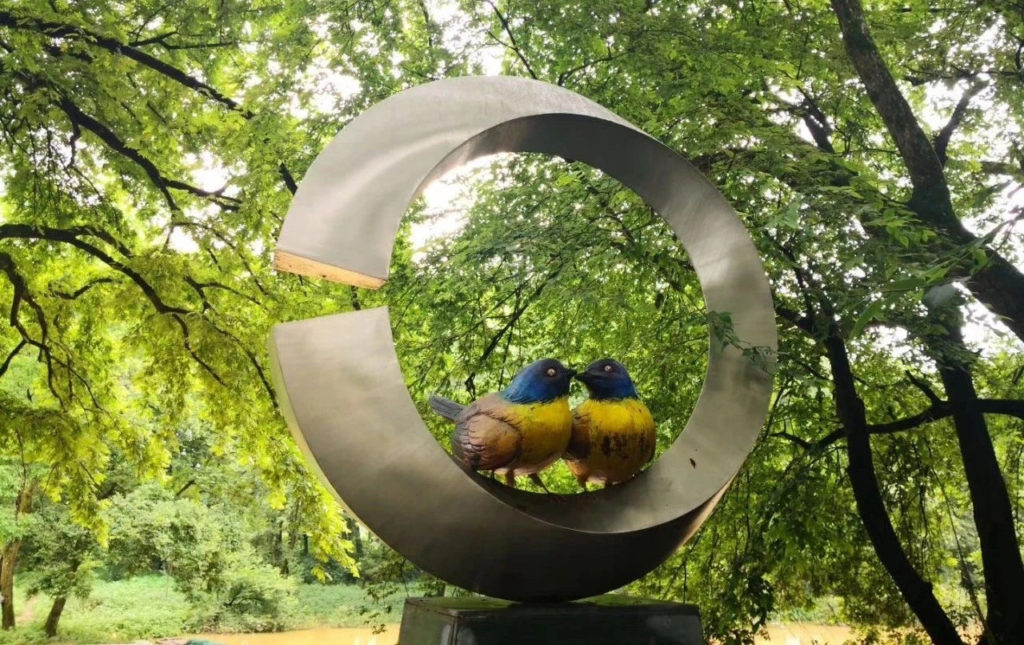This Scaly-Sided Merganser Visits Wuyuan This Time of The Year
This time of the year, from mid December to early April, about 40 Scaly-sided Mergansers can be spotted enjoying the water in a village 10 kilometers away from Wuyuan town center.
The Scaly-sided Merganser, also known as the Chinese Merganser, is a rare and endangered duck species found in East Asia. This migratory bird breeds in the north, during the winter, it migrates to areas in the south. With a mild winter and plenty of small fish in the river, some of these fascinating birds are happily spending their colder months in Wuyuan.
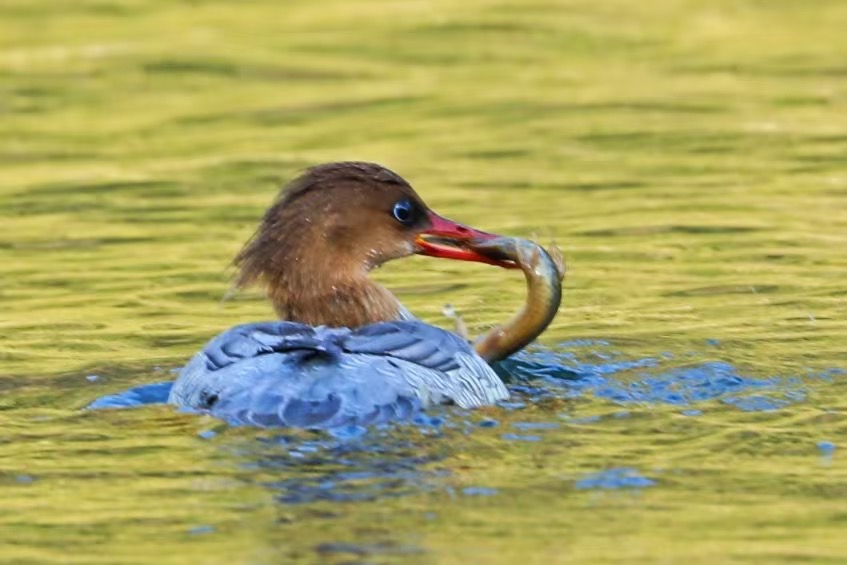
The adult males and females are very distinctive in their appearances. Males have striking plumage, with a black head that shines green in the light, a white body with black streaks, and a prominent scaly pattern on their flanks, which gives them their name. Females are more subdued, with a gray body, reddish-brown head, and a less conspicuous crest. Both males and females have thin and serrated bills, adapted for catching fish.

